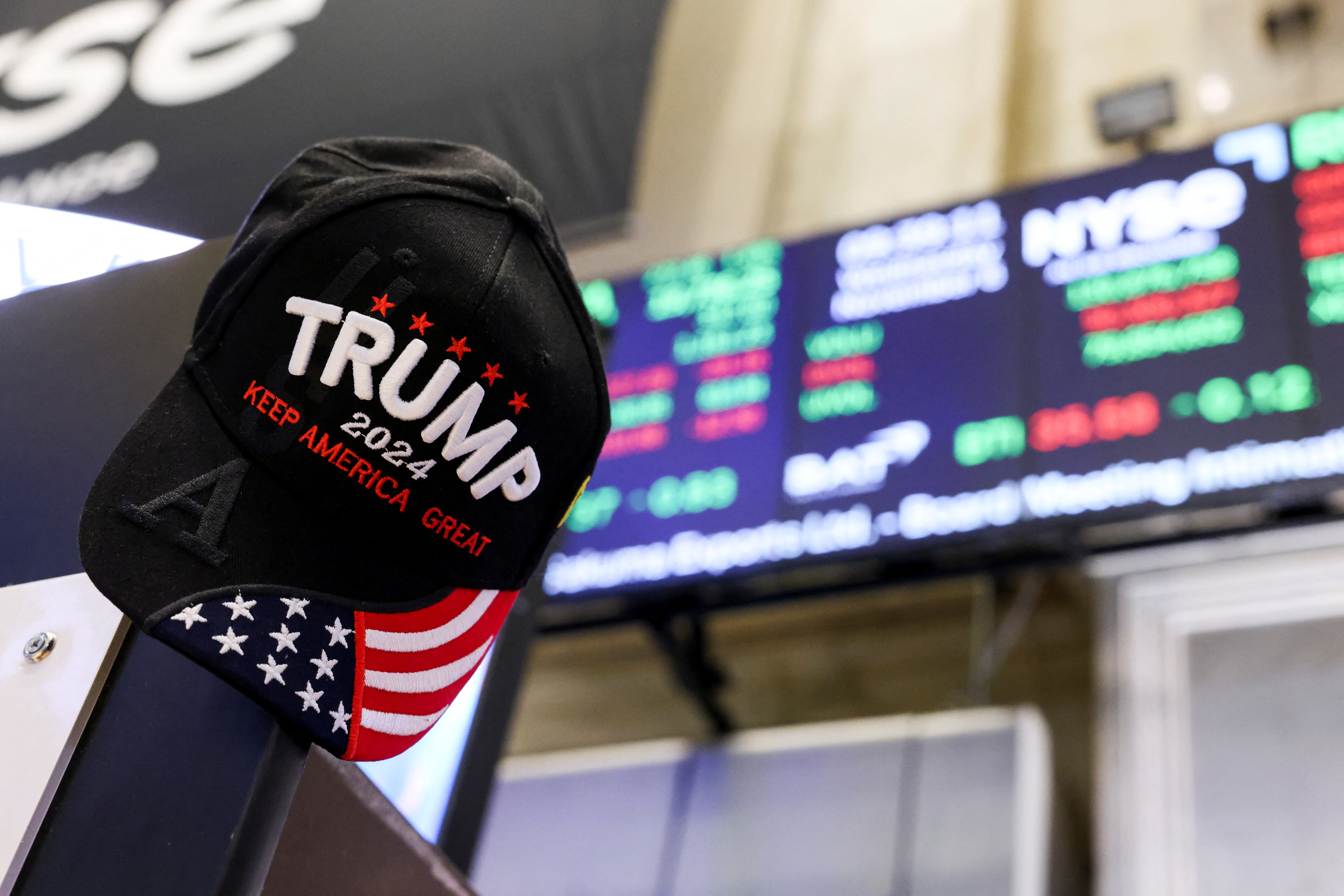As the U.S. economy adjusts to the rollout of sweeping new tariffs under the Trump administration, market volatility has many investors on edge. But according to Jim Perry, founder and Chief Investment Officer of Perry International Capital Partners, LLC, the long-term outlook remains cautiously optimistic—even amid international blowback and short-term market declines.
Appearing on Chicago’s Morning Answer with Dan Proft and Amy Jacobson on Friday, Perry said that while tariffs are sparking concern, especially among international investors, the broader goals of reducing trade deficits and reining in federal spending could ultimately strengthen the U.S. economy.
“The tariff story is really about the biggest story in this country—which is reducing deficit spending, reducing trade deficits, and reducing the national debt,” Perry explained. “That’s the foundation of what’s going on here.”
Markets Wobble, But Fundamentals Remain Intact
While acknowledging that the Dow is down roughly 4–5% year-to-date, Perry noted that the S&P 500 is still up approximately 75% from the 2022 lows.
“It’s very easy to get wound up,” Perry said. “But at the end of the day, we’re still seeing 170 million people officially working, and the consumer—the backbone of this economy—is spending.”
He cited a strong March jobs report showing 228,000 new positions added, especially in healthcare and retail. Government jobs declined only slightly, down 4,000.
“This labor market has never been stronger,” Perry said. “If consumers continue spending and we get smarter about trade, this economy could easily grow 2.5% to 3% this year.”
Global Friction, Local Opportunity
International markets are rattled, Perry said, especially in Europe and Canada, where investors are “furious” over the tariffs and worried about their economic impact. China, for example, responded with a 34% reciprocal tariff on U.S. goods.
“China can’t afford to do that for long,” Perry said. “90% of our trade deficit is with just ten countries. The U.S. can target those strategically and see real gains.”
He noted that even if global trade declines modestly—as projected by the World Trade Organization by just 1% this year—economies will adapt. The U.S., with its dynamic markets and stable institutions, is particularly well-positioned to withstand the disruption.
Is It Time to Buy the Dip?
Despite short-term market corrections, Perry believes savvy investors should consider buying the dip, particularly if the S&P 500 drops to technical retracement levels around 5,100.
“There’s still a lot of money on the sidelines,” he said. “Warren Buffett has 28% of his portfolio in cash. He’s waiting for prices to drop. When they do, the market will bounce back.”
He added that longer-term investors—particularly those managing generational wealth—still view the U.S. as a growth market, even with the uncertainty surrounding tariffs.
Tax Cuts and Deregulation Still Key
When asked whether his optimistic outlook depended on the Trump administration extending and expanding tax cuts, Perry was measured.
“Deregulation is happening now, and that’s a net positive,” he said. “But the reality is, some in the administration are already signaling a pause on tax cuts due to short-term revenue drops from tariffs.”
Still, Perry believes if the administration succeeds in cutting both the trade deficit and federal spending by $500 billion each, “that’s a trillion dollars back into the real economy.”
Final Takeaway: Patience Required
While Perry acknowledges the emotional toll on investors and the challenges ahead, he believes U.S. markets and the broader economy are resilient enough to weather the storm.
“Right now emotions are running high,” he said. “But give it three to six months. The market will sort itself out. The fundamentals are still strong.”





